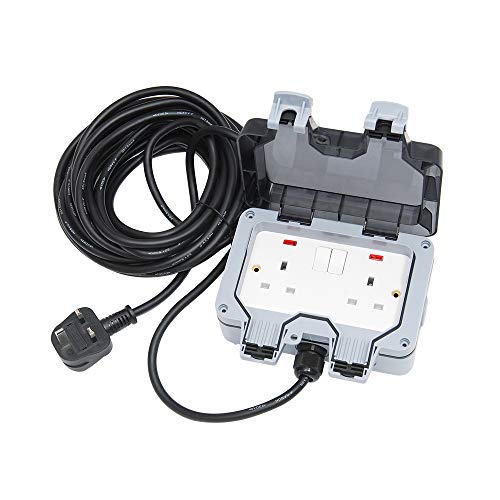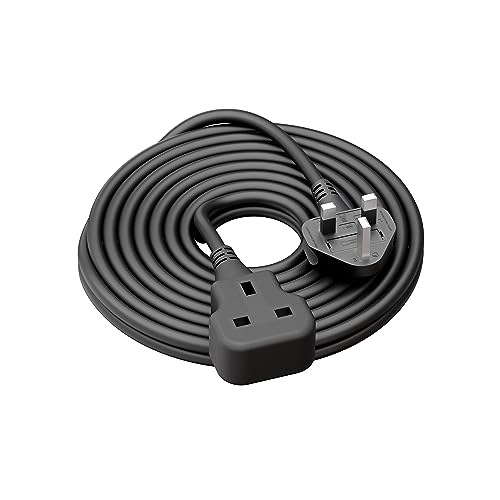Since posting original question, I've had a few more thoughts about this.
First, my current use case includes the following; and has done for over 17 years since we moved in here.
I have a twin socket, coiled reel extension lead that I use regularly. It is labelled for "outdoor use" has 1.5mm2 triple core rubber sheathed cable and is 43 metres fully uncoiled. Labelled as Max Current Fully Coiled = 5A; Max Current Fully Uncoiled = 13A.
I've regularly plugged this into my garage socket and hooked up my shop vac (1000W) and my old Einhell table saw (2000W) - (recently replaced with 1500W Rage5-S)
This would, for a layman, and in the absence of any other further professional advice or warning, appear to be a reasonable thing to do. Notionally, this would not appear to have exceeded any basic electrical parameters. The lawn is 15 metres from the closest garage socket and a lawnmower cable is an extra 10 or 15 metres on top of the 43 metres of extension cable. The garage socket would be the primary choice to run an electrical lawnmower - commonly 1700W or 1800W.
Question would be - is what I've been doing "safe"?? A common homeowner wouldn't have any notion of loop impedance, etc... so would not hesitate to do what I have done for many years.
Bearing that in mind, how would a simple 15metre length of 2.5mm triple core running from the same socket, into a far, FAR lighter electrical load (sub 200W total) somehow be something to be concerned about, given that it ought to have been considered safe, to a layman, to run the 3000W load off a 43 metre 1.5mm2 cable?





















